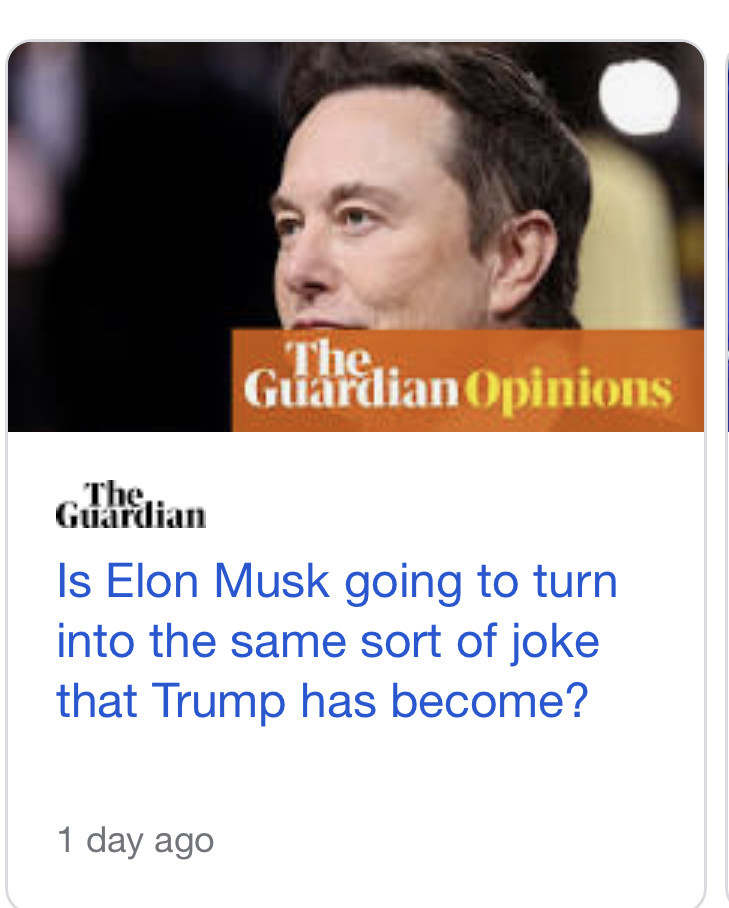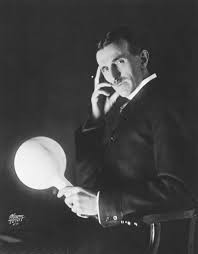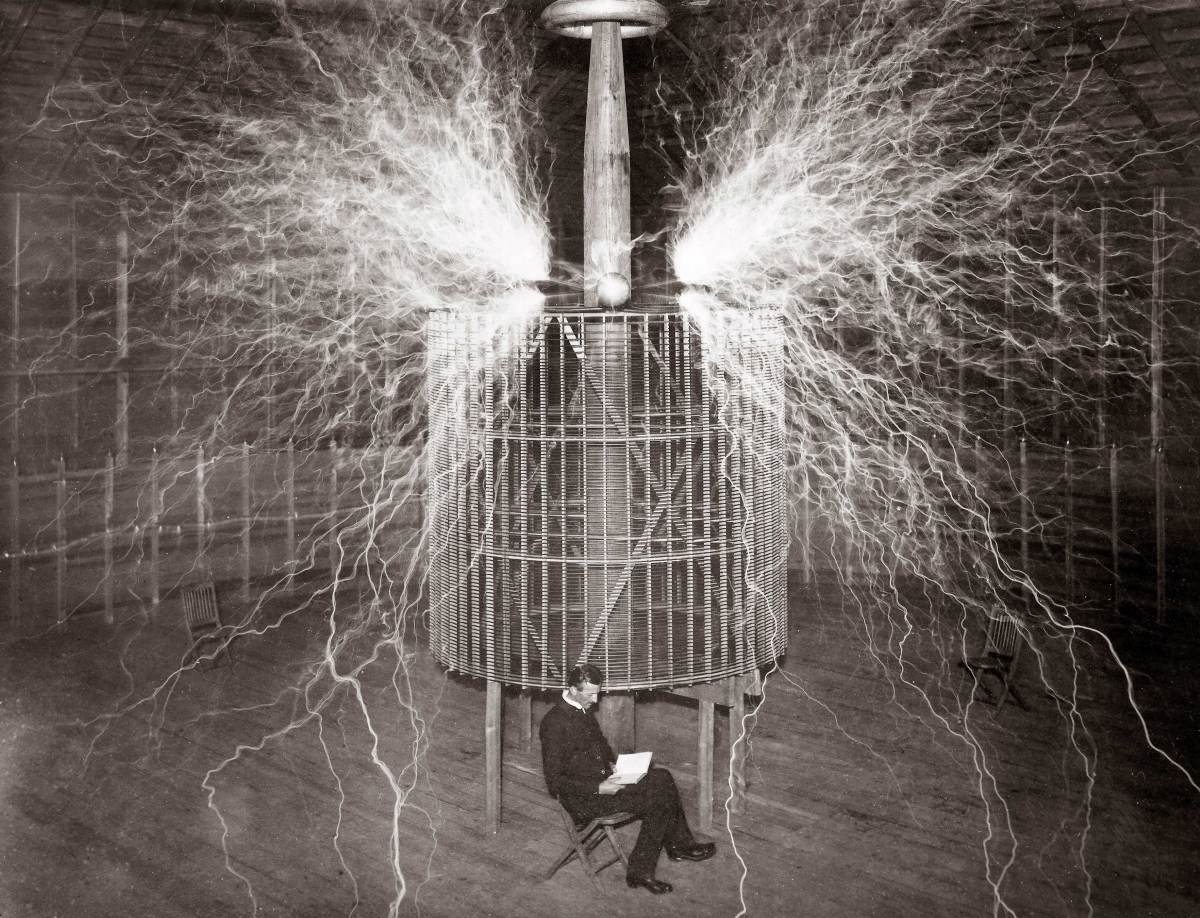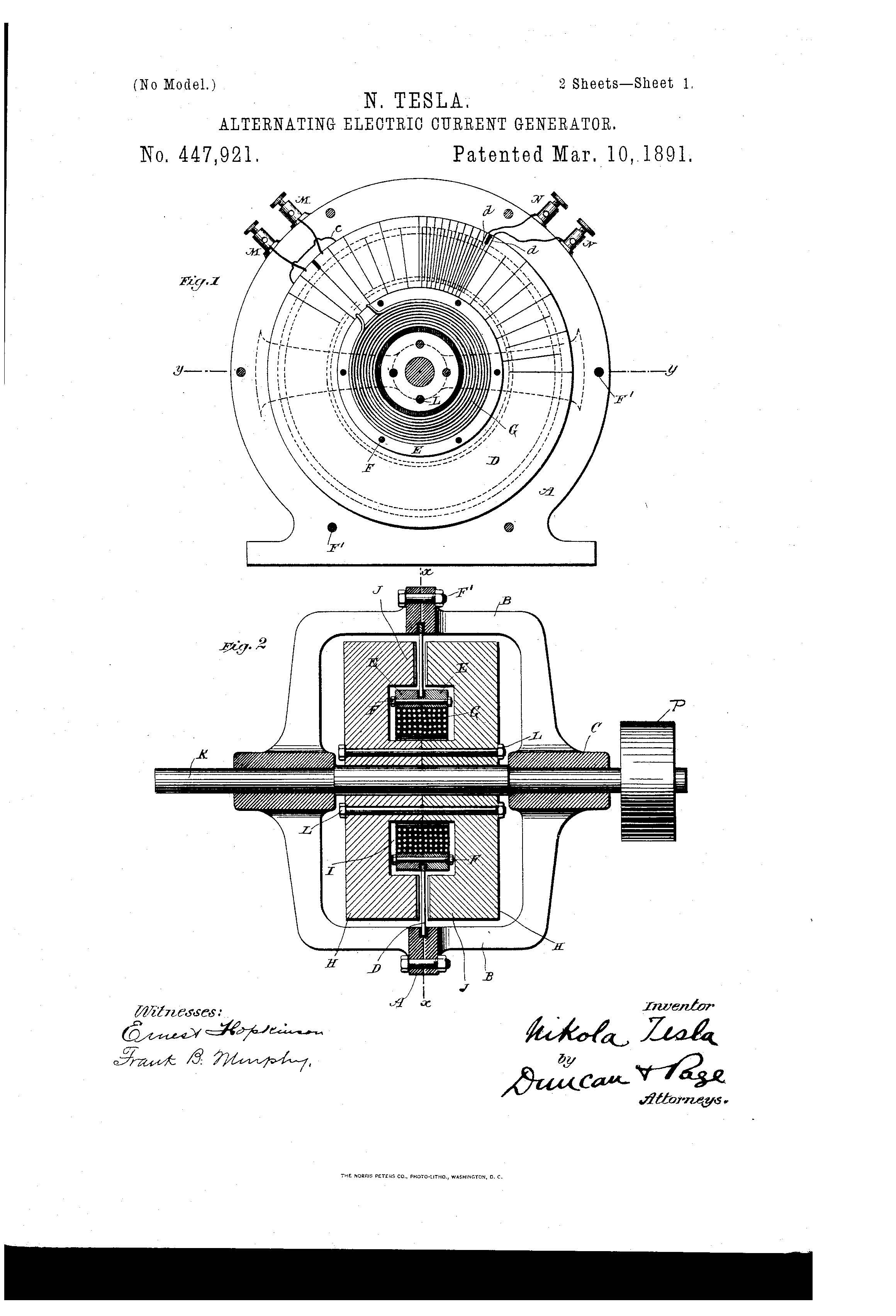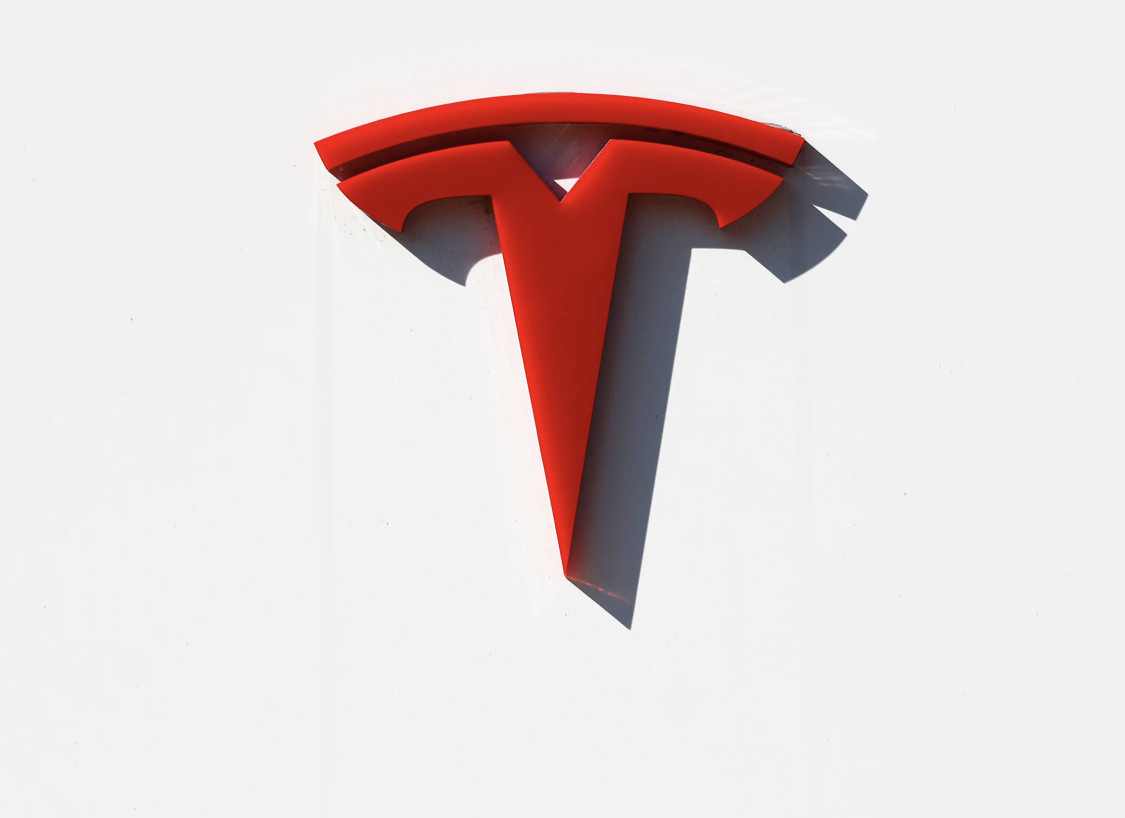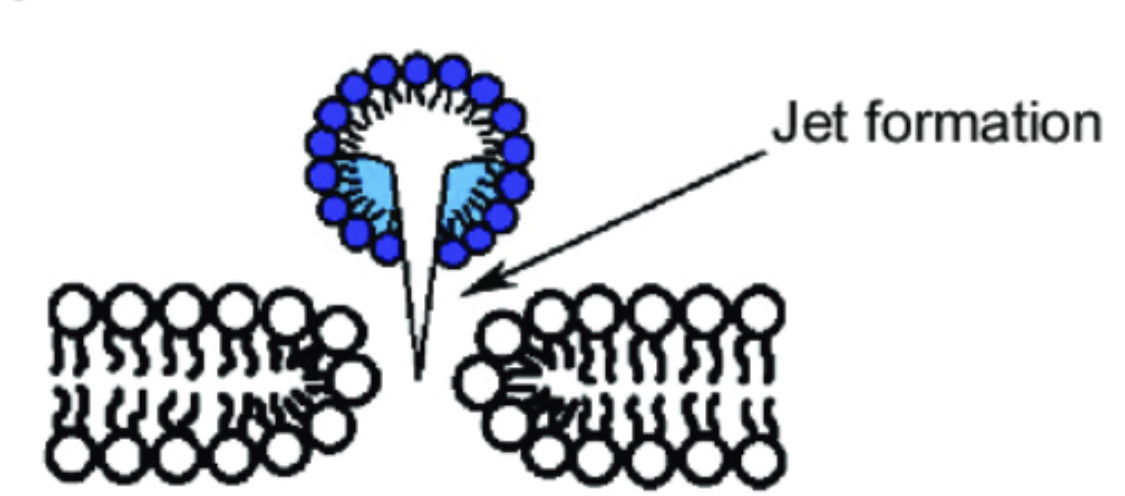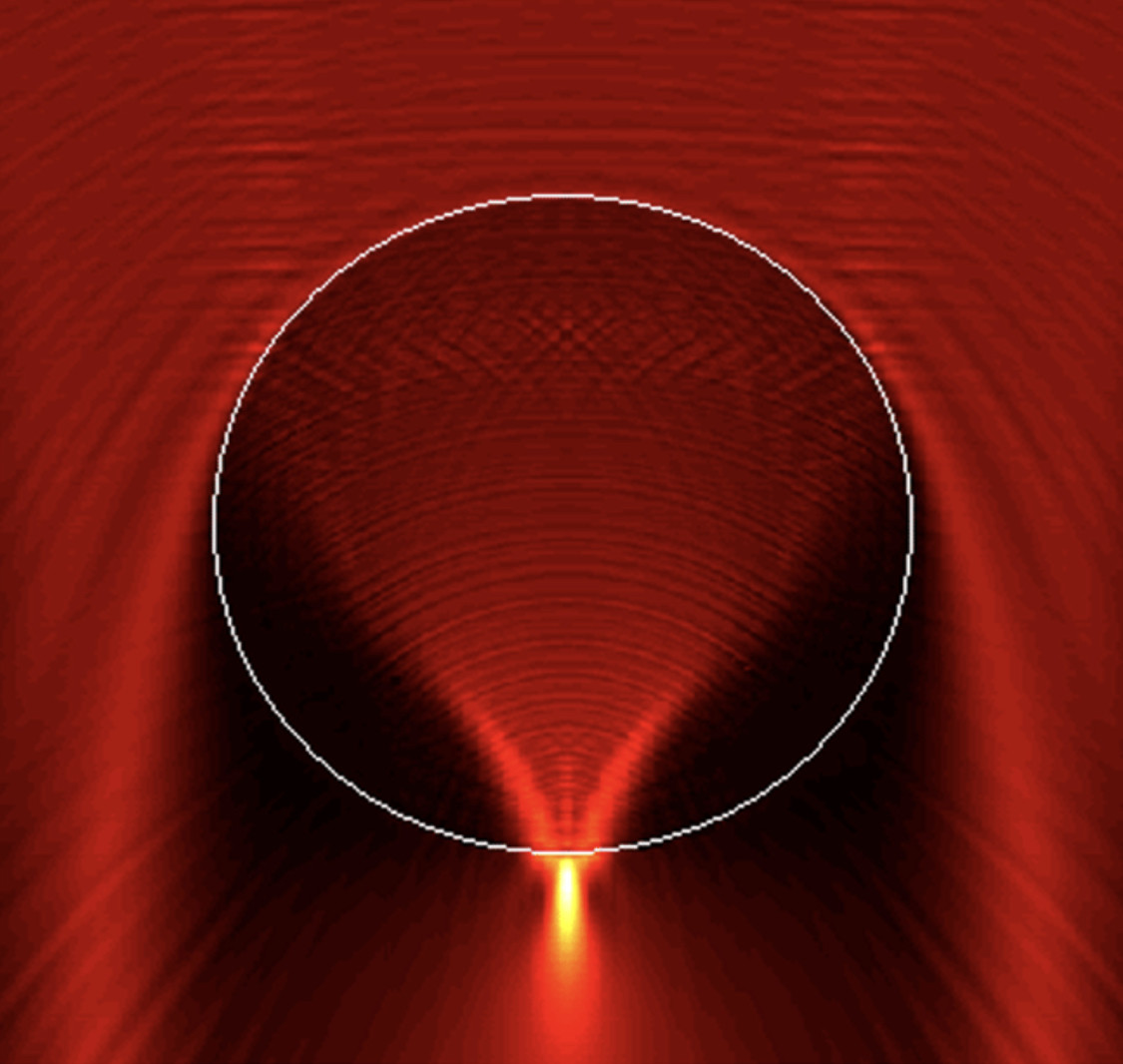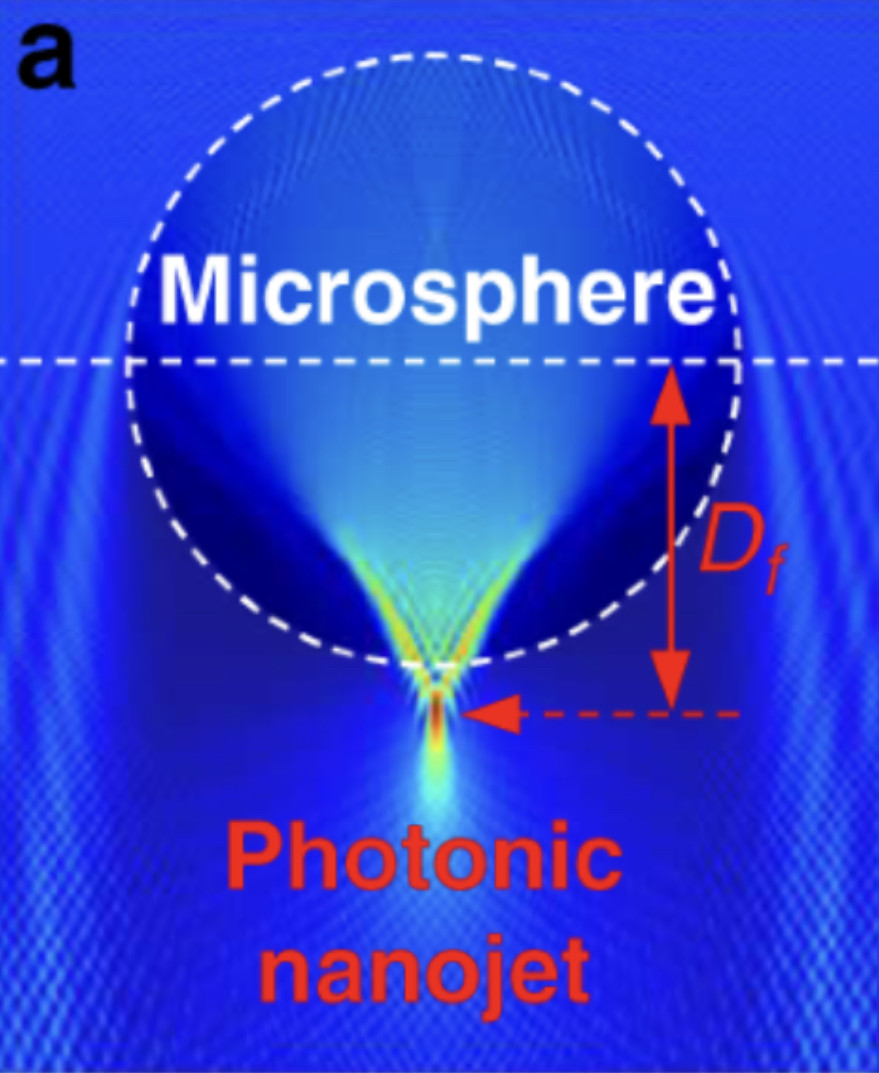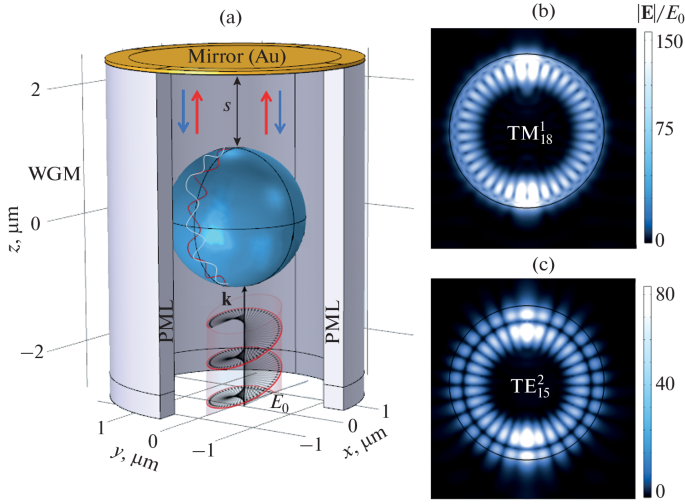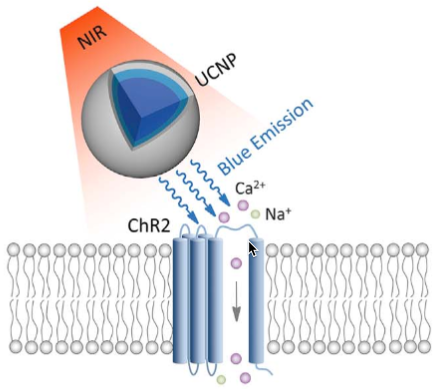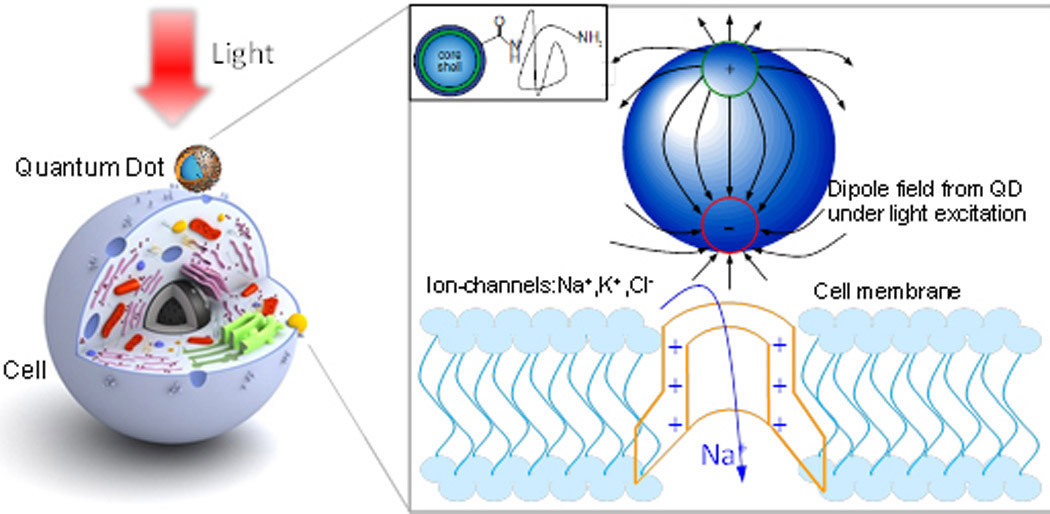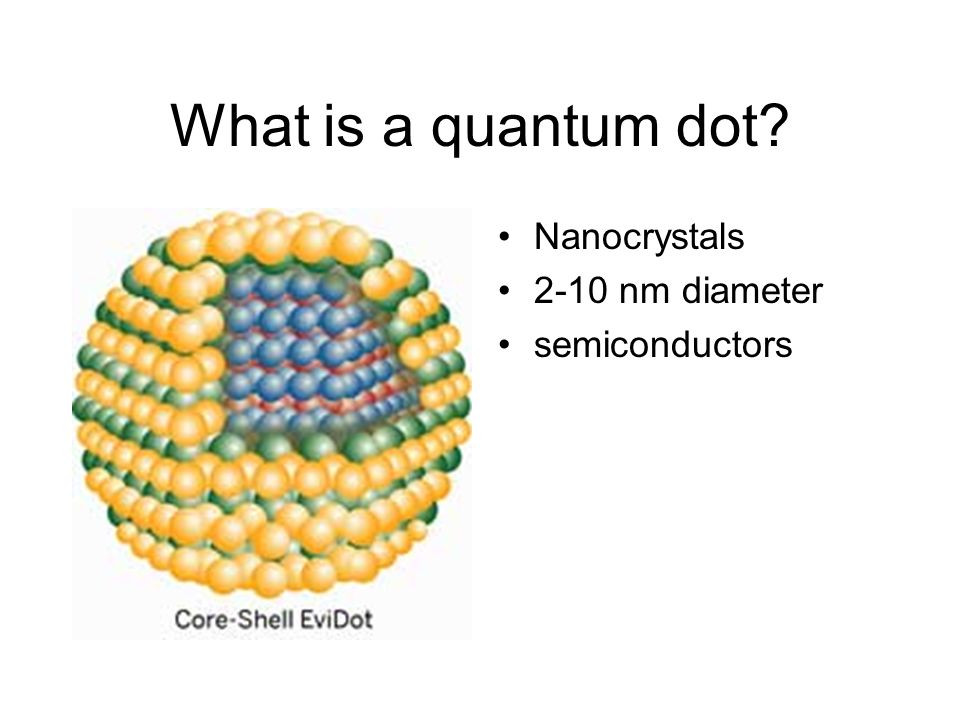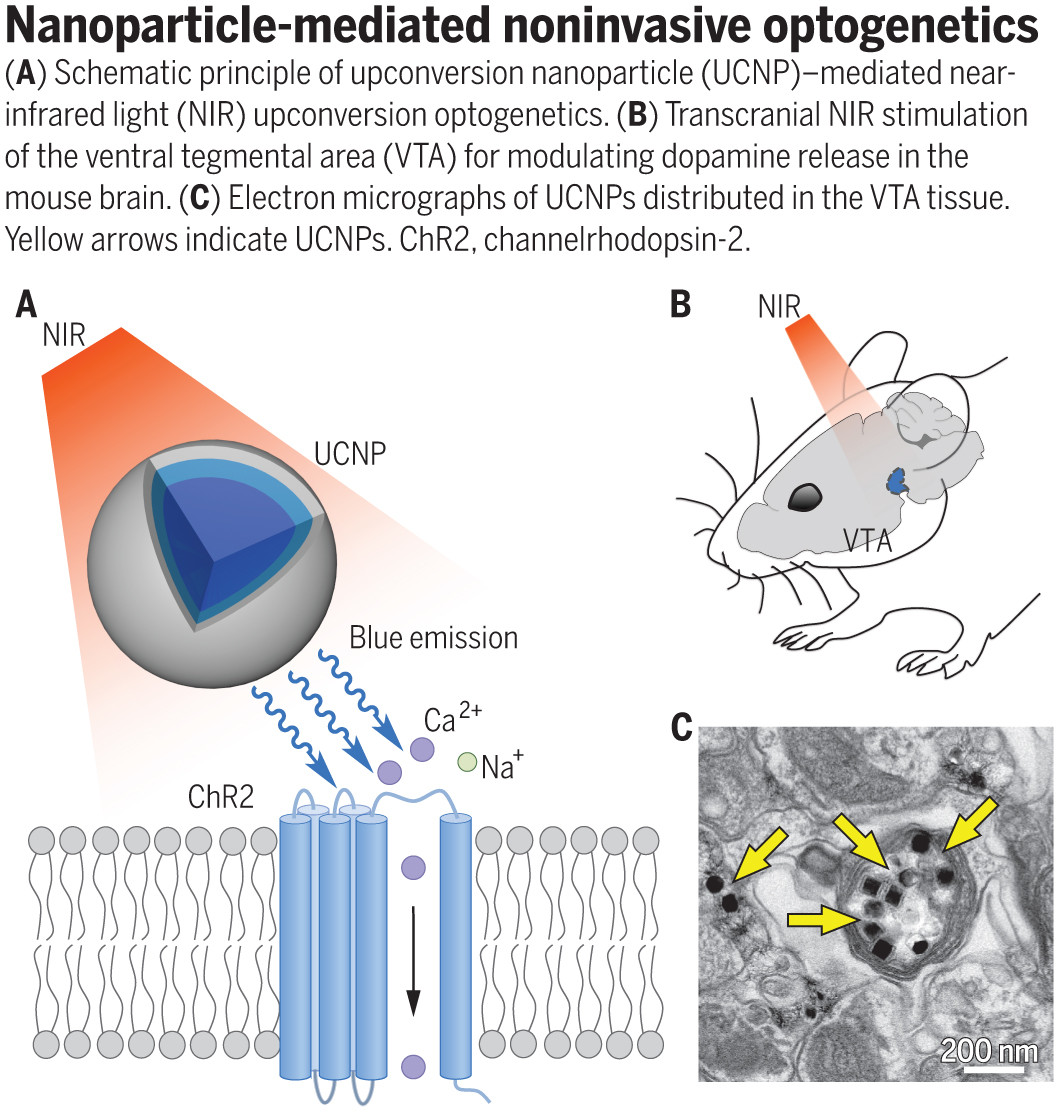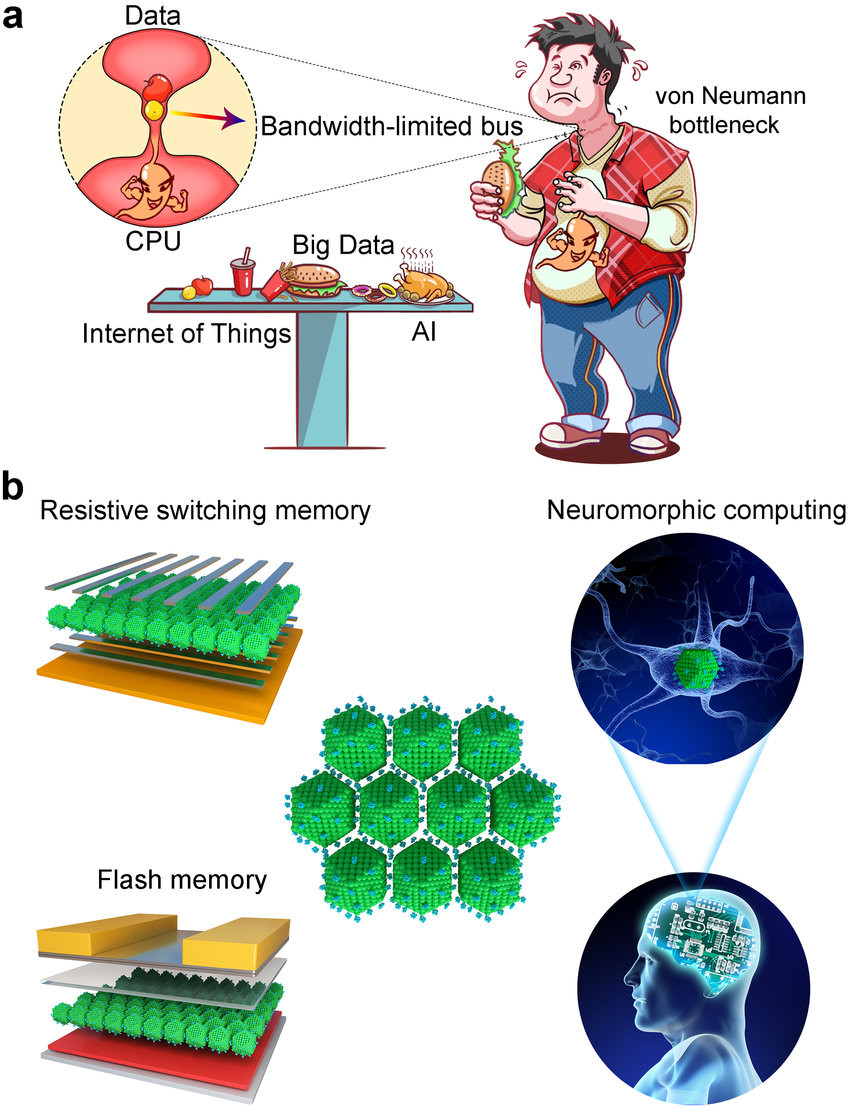So let’s put this into perspective shall we:
Rishi Sunak took the peoples money to deliberately cause an economic depression, to push through a central bank digital currency sytem.
And the money taken from the people was spent on nanoparticle vaccines capable of tranferring trapped ion qubits to be used in conjunction with a central bank digital currency... and has a side effect of inducing oxidative stress diseases.
Yeah, Merry Xmas Mr Sunak.
Prick.
"In March 2020, we published a discussion paper on CBDC. This outlined one possible approach to the design of a central bank digital currency." Bank of England.
On March 23rd 2020 #BorisJohnson announced a lockdown to 'flatten the curve'.
What a coincidence. Mentioned purchasing #pcrtest kits #LIAR
https://www.youtube.com/watch?v=Haaq59UpINI
"As of 19 March 2020, COVID-19 is no longer considered to be a high consequence infectious disease (HCID) in the UK. There are many diseases which can cause serious illness which are not classified as HCIDs.
The ACDP is also of the opinion that COVID-19 should no longer be classified as an HCID."
https://www.gov.uk/guidance/high-consequence-infectious-diseases-hcid
March 23 2020 report global trade#COVID19 test kits 2008/2018
https://www.globaltradealert.org/reports/51
https://www.bankofengland.co.uk/research/digital-currencies
UK central bank digital currency | Bank of England
We are carrying out research into digital currencies and the technology that supports them.
https://www.bankofengland.co.uk/research/digital-currenciesGood reply, the last time I checked the CBDC sytem will be a dual block(blochsphere)chain distributed ledger combined with quantum trapped ion qubit encryption.
It has now been established that the vaccine is a cationic lipid microsphere nanoparticle that is by definition an ion that can be trapped with optical tweezers creating a cavity resonating laser diode emitting photons as bits of light to conduct an electric potential to open up the ion channel to gain control of the function of your brain.
A lot of videos I saved have been removed. Came across this one #ElonMusk Neural Lace, he bought the company. Thre's another video where EM said everyone should be chipped using the reasoning that if everyone was, then nobody would be able to take control which is a load of bunkum.
https://www.bitchute.com/video/Ydfn7WNGoSio/
BUSTED! Elon Musks Neural Lace Brain Interface Is The Graphene Covid Vaccine!
The Covid vaccine IS Elon Musks Neural Lace Brain Hack that he promised "would not be mandatory". The 322 use puppets like him to front their big operations. It is all coming together now. Graphene 666 the beast system Sub to my channel here -…
https://www.bitchute.com/video/Ydfn7WNGoSio/Truly hoping he is now an activated white hat/ assett. Willingly would be the best option. reluctant/ clone second option. Honey pot/ black hat - worst option.
There is an interview somewhere in which President Trump said he (Musk) had no choice, or words to that effect.
Wow, look at the news from MSM!
https://www.google.com/search?client=firefox-b-d&q=President+Trump
Newswise — Neuralink, a startup co-founded by Elon Musk, is developing technology to improve the connection between humans and computers through implanted chips in the brain. The technology is purported to be able to restore a person's vision or assist people with mobility issues.
Neuralink, another of Elon Musk’s companies, held its Show & Tell on Wednesday, and many revelations were shared in the live stream. One of those revelations included restoring vision even if someone was born blind. And also restoring full body functionality to someone with a severed spinal cord.
Elon Musk founded Neuralink to answer the question, “What do we do if there is a superintelligence that is much smarter than human beings? How do we, as a species, mitigate the risk or, in a benign scenario, go along for the ride?”
Before SpaceX's Starship has even completed its first orbital flight successfully, Elon Musk is already dreaming of joining its maiden voyage to Mars.
be on another planet
Tesla was incorporated in July 2003 by Martin Eberhard and Marc Tarpenning as Tesla Motors. The company's name is a tribute to inventor and electrical engineer Nikola Tesla. In February 2004, via a $6.5 million investment, Elon Musk became the largest shareholder of the company. He has served as CEO since 2008. According to Musk, the purpose of Tesla is to help expedite the move to sustainable transport and energy, obtained through electric vehicles and solar power.
Tesla developed the alternating-current power system
that provides electricity for homes and buildings.
He also pioneered the field of radio communication and was granted more than 100 U.S. patents.
On this day in 1891, Nikola Tesla was granted U.S. Patent No. 447,921 for an ALTERNATING ELECTRIC CURRENT GENERATOR. In the systems of distribution of electrical energy from alternating-current generators in present use the generators give ordinarily from one to three hundred alternations of current per second.
Latin alternatio; compare French alternation. Morphologically alternate + -ion
An ion trap is a combination of electric and/or magnetic fields used to capture charged particles — known as ions — often in a system isolated from an external environment.
Atomic and molecular ion traps have a number of applications in physics and chemistry such as precision mass spectrometry, improved atomic frequency standards, and quantum computing.
The primary role of ion channels is to regulate the passage of ions across the cell membrane, and the alteration of intracellular ion concentration can be seen as the primary signaling mechanism of ion channels.
Optogenetics was born in 2004 when Karl Deisseroth and Ed Boyden at Stanford University in California investigated a molecule called channelrhodopsin-2, normally present in green algae. The molecule is an ion channel: in other words, the right trigger makes it change shape, opening up an internal channel that allows sodium ions to flow into an alga’s eyespot.
From eye + spot.
I spy with my little eye
One possible solution is to control cell signaling by modulating ion channel gating, using an alternative, highly sensitive optoelectronically activated nanostructure. Such a structure would enable optical control of endogenous (internal) ion channel activity, helping to repair a biological system that has deteriorated with minimum surgery. This solution would also provide an alternative to genetically introduced photosensitive proteins, taking the study and control of cell activities and signaling in a new direction.
Our research explores optical control of cellular and neural activity using optically excited quantum dots (QDs).3 This approach combines the advantage of semiconductors, namely, high sensitivity, fast response, and high design flexibility, with the advantage of photosensitive proteins, namely, small size and cell-specific targeting. Due to their 3D confined structure, QDs offer unique optoelectronic properties that outperform conventional semiconductor materials. These include spectrally sharper emission peaks under excitation, and higher quantum efficiency.
The continued growth in the demand of data storage and processing has spurred the development of high-performance storage technologies and brain-inspired neuromorphic hardware. Semiconductor quantum dots (QDs) offer an appealing option for these applications since they combine excellent electronic/optical properties and structural stability and can address the requirements of low-cost, large-area, and solution-based manufactured technologies. Here, we focus on the development of nonvolatile memories and neuromorphic computing systems based on QD thin-film solids. We introduce recent advances of QDs and highlight their unique electrical and optical features for designing future electronic devices. We also discuss the advantageous traits of QDs for novel and optimized memory techniques in both conventional flash memories and emerging memristors.
Neuromorphic engineering, also known as neuromorphic computing,[1][2][3] is the use of electronic circuits to mimic neuro-biological architectures present in the nervous system.[4][5] A neuromorphic computer/chip is any device that uses physical artificial neurons (made from silicon) to do computations.[6][7] In recent times, the term neuromorphic has been used to describe analog, digital, mixed-mode analog/digital VLSI, and software systems that implement models of neural systems (for perception, motor control, or multisensory integration).


